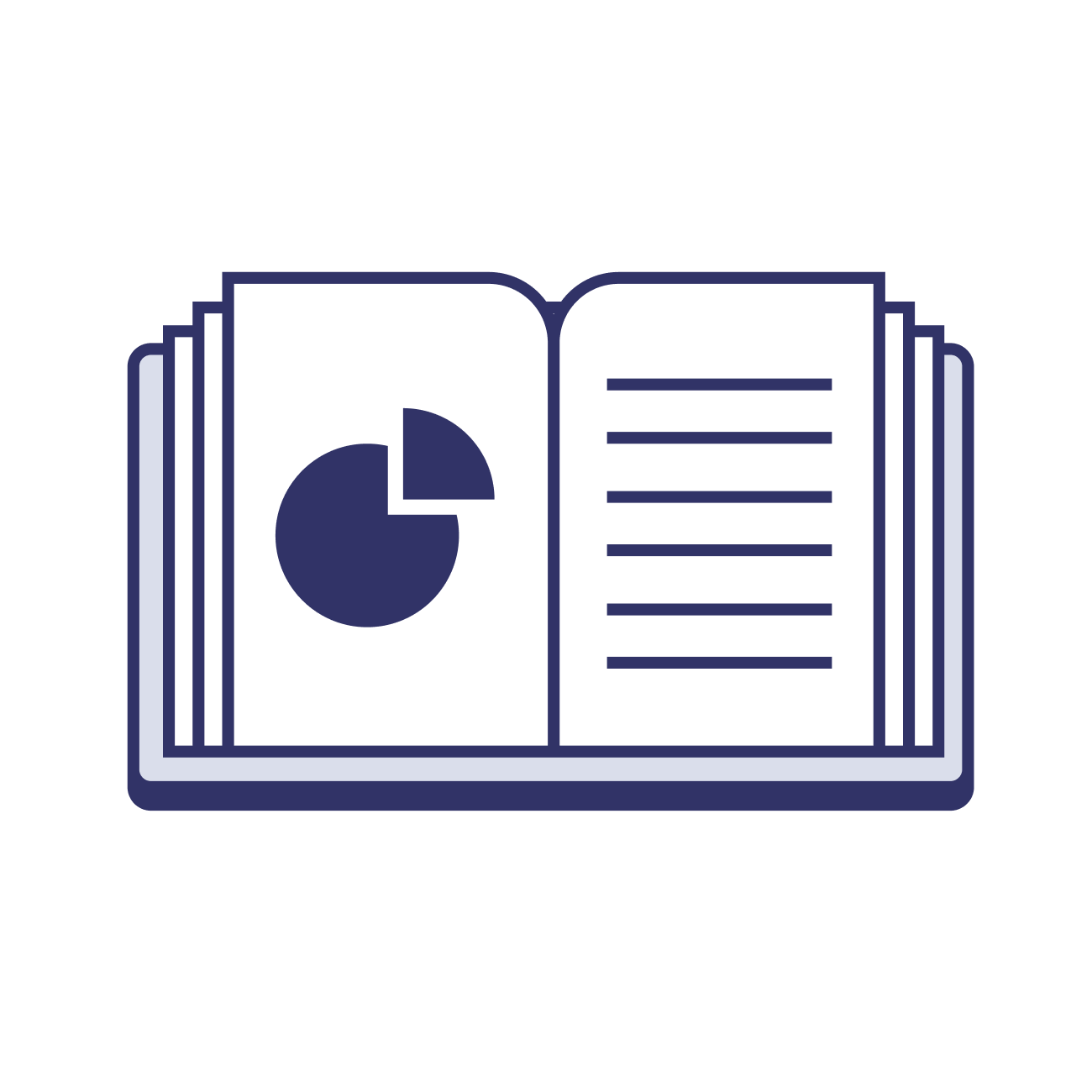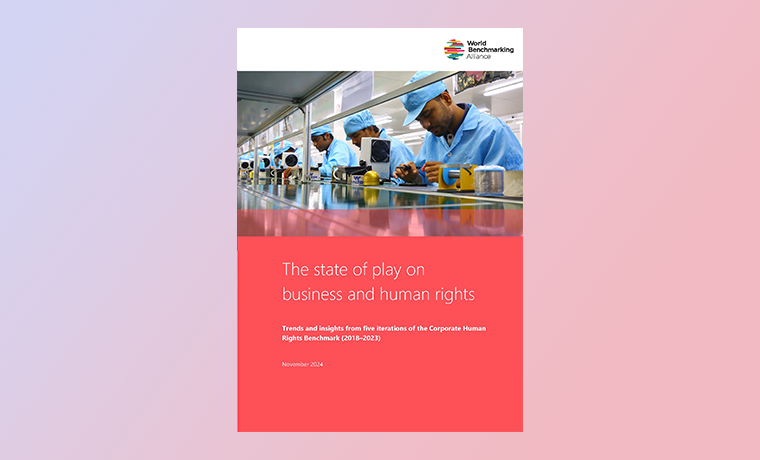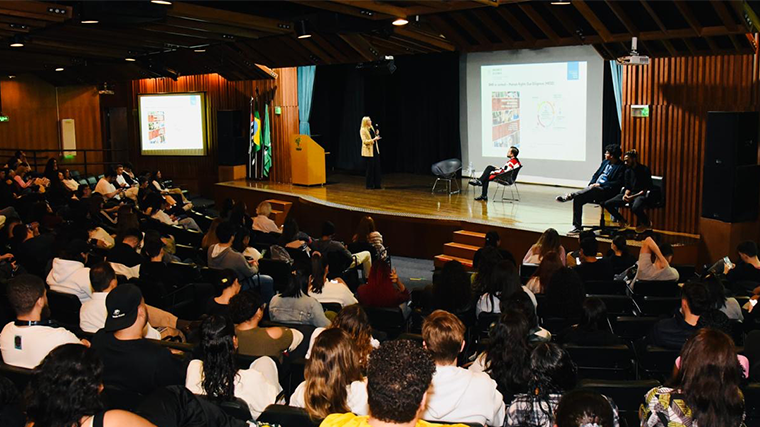Nicole Kenny, Rising MBA 2, on Launching a Social Impact Strategy for Luxury Skin Care Line

July 13, 2015

This summer, I received a fellowship through NYU Stern’s Social Impact Internship Fund to work with a sustainable, all-natural, luxury skin care start-up. The company, called Peet Rivko, seeks to translate the slow food and slow fashion movements of the last decade to skincare, a highly unregulated industry in which concepts like “all-natural” are virtually meaningless. My role this summer is to launch a social impact strategy for Peet Rivko that ensures the highest level of social and environmental responsibility.
As companies move away from traditional corporate social responsibility–characterized mainly by philanthropy and grant making–towards more strategic and operational social responsibility, supply chain management and transparency become increasingly important. I have, therefore, focused much of my work this summer on assessing the human rights and environmental risks associated with Peet Rivko’s global supply chain. I began Peet Rivko’s risk assessment by outlining the all of the ingredients and materials used in the company’s products and packaging, as well as their country of origin. This has allowed me to identify any potentially risky inputs, which require diligent examination of suppliers and manufacturers.
As we engage with suppliers, asking questions about manufacturing and production, social responsibility, and environmental impact is essential, but it is not easy. As a small start-up, we often find ourselves questioning suppliers about these topics with little leverage, resources, or reputation. While some suppliers are unwilling to address issues of human rights and environmental impact, others have been much more forthcoming. Even with transparent suppliers, however, assessing adherence to labor and environmental standards can be difficult. While a well-meaning supplier may believe that it sources from a responsible manufacturer, this may not be the case. Consequently, third party verification against a set of accepted standards is critical for ensuring a responsible supply chain.
An exchange with one of Peet Rivko’s suppliers highlights this point. Early in the summer, we were searching for a supplier of nylon travel bags to pair with our travel-sized products. We reached out to a Brooklyn-based company to inquire about their products. They explained that they manufacture through a factory in ShenZhen, China, that “is ethically and humanely run,” and that they “check in frequently” to ensure this is true. In fact, the CEO of the company had just visited ShenZhen in the winter to see the factory first hand.
While this explanation was welcome, it was simply not enough. As businesses push to uphold human rights and sustainability in factories across the world, third party verification of standards is the only real way to ensure responsibility. As a result, we posed three pointed questions to our supplier:
1. What standards are used to ensure the social and environmental responsibility of the manufacturer? (One example is the set of standards outlined by the Fair Labor Association.)
2. Has the manufacturer been assessed by a third party?
3. Does the supplier have social/environmental audit reports of the manufacturer available for examination?
Luckily, this supplier addressed our questions and provided reports and resources for us to examine, instilling confidence in our decision to source from them.
These three questions above are a few of the many questions companies should ask suppliers as they move their strategy and operations towards social and environmental responsibility. Over the course of the summer, under the guidance of Sarah Labowitz, Co-Director of the Center for Business and Human Rights, I will be creating a set of guidelines and key questions—including those above—that Peet Rivko will use when assessing suppliers’ social and environmental practices moving forward. As companies continue to demand transparency by asking for specific, verifiable information about suppliers and manufacturers in its supply chain, we can work together to set higher expectations for social and environmental responsibility.
 Business Education
Business Education


